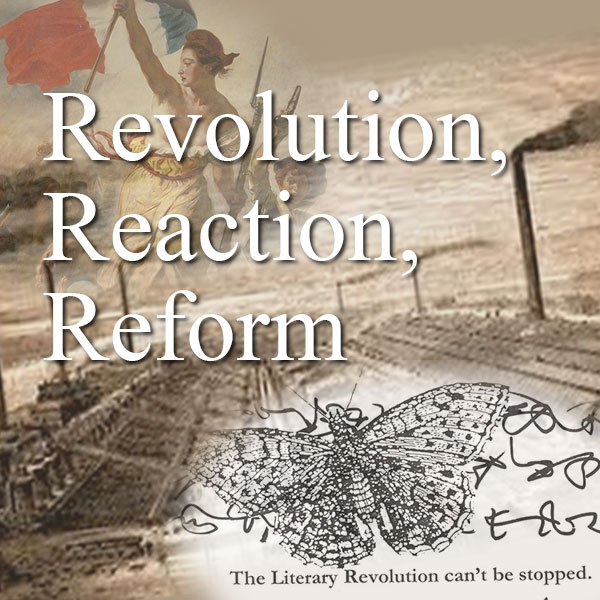This is the burial site of William Shelley. This is one of the many deaths that occurred in Mary Shelley's life. The death of her three-year-old son promoted the inspiration for the name and death of Victor Frankenstein’s youngest brother William. According to find a grave:
"Son of renowned writer Mary Shelley and poet Percy Bysshe Shelley. He died of an infection (malaria, cholera, or typhus), on June 7, 1819, while the Shelleys were living in Rome. He was buried there at the Cimitero Degli Inglesi, sometimes called the Protestant Cemetery. Percy and Mary were distraught at the death of William, who was the third child they had lost. Mary approached a nervous breakdown. Percy immortalized his son in his poem "To William Shelley". The exact location of William's grave is in question. It was reopened in January 1823 with the intention of interring there the ashes of his father, which had been stored for...
more
 British Literature II: Revolution, Reaction, Reform examines British literature from the late eighteenth century to the present, a period that witnessed the American and French Revolutions, slave revolts such as the Haitian Revolution, a “revolution in female manners,” the Industrial Revolution, the twentieth-century revolutionary wave in Europe, as well as World War I and World War II, and, of course, artistic revolutions. We will consider how the authors and literary works of this period might be reacting to change, advocating for reform, or participating in literary revolutions—whether revolution is understood in the sense of “revolving” or of “revolting,” going full circle to return to a previous (more perfect?) time or experiencing/effecting a great alteration or rupture.
British Literature II: Revolution, Reaction, Reform examines British literature from the late eighteenth century to the present, a period that witnessed the American and French Revolutions, slave revolts such as the Haitian Revolution, a “revolution in female manners,” the Industrial Revolution, the twentieth-century revolutionary wave in Europe, as well as World War I and World War II, and, of course, artistic revolutions. We will consider how the authors and literary works of this period might be reacting to change, advocating for reform, or participating in literary revolutions—whether revolution is understood in the sense of “revolving” or of “revolting,” going full circle to return to a previous (more perfect?) time or experiencing/effecting a great alteration or rupture.